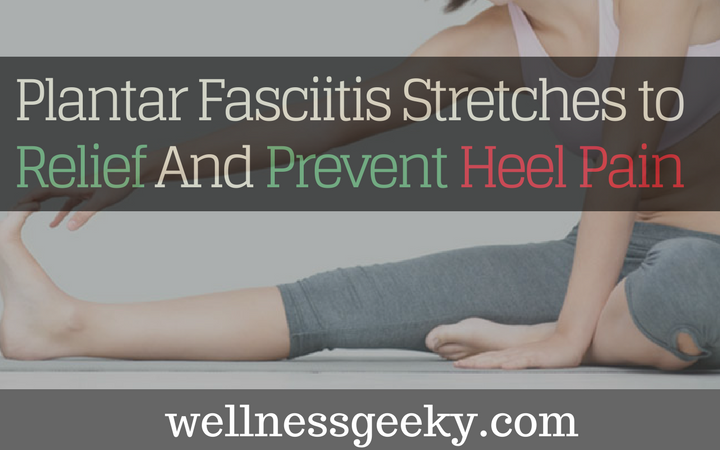
Plantar Fasciitis is a painful condition in the bottom of one’s foot, caused by swelling in the thick tissue of the bottom of the foot. Other than causing pain and irritation, this problem inhibits walking and can cause heel spurs.
This can be prevented though, through numerous treatments. These include night splints, braces, specially designed shoes, physical therapy, and even surgery. A much more accessible (and affordable) solution, however, is by daily stretching the muscle tissue.
There area few stretch accessories that can make stretching easy if you have plantar fasciitis.
- My personal favorite is the Elgin Archxerciser which is a device that you place your foot. It stretches the plantar muscles and also helps you strengthen them too.
- Another device that I’ve heard recommended is the North American Healthcare Footrocker.
- Another device that you absolutely must have is a night splint, which helps stretch your foot out at night so you don’t have that spiking pain in the morning. There are a bunch around, but I prefer the more comfortable one (also the most expensive, unfortunately) which is the Swede-O-Deluxe Night Splint.
You don’t “need” to have any of the devices I’ve mentioned (so if you don’t have the finances, don’t sweat too much), but they do make it a lot more convenient. However, there are some regular stretches you can just do on your own that we’ll talk about.
Once you have achieved the flexibility needed for the Belt Stretch, move on to the wall calf stretch. Facing a wall, place your hands on it at head height. Bringing one leg back behind you, bend the front knee, keeping both feet flat on the ground.
Now lean towards the wall until you feel a gentle stretch in your back leg, right behind the knee. Now hold for thirty seconds, and switch to the other leg, repeating this five times.
“Toe Grasping” is yet another easy plantar fasciitis stretch. Standing barefoot, curl the toes of your right foot under, then do the same with the left. Alternate these about fifty times.
The purpose of this exercise is to strengthen the foot and calf muscles, so as to provide a better range of motion over time, ultimately providing relief.
By completing these stretches, and others like it, you stretch and strengthen the muscle tissue. Start out slowly, however. You don’t want to overdo it and injure the muscle. Remember also to do this daily.
By following these steps, you will gain that range of motion back and relieve the pain.